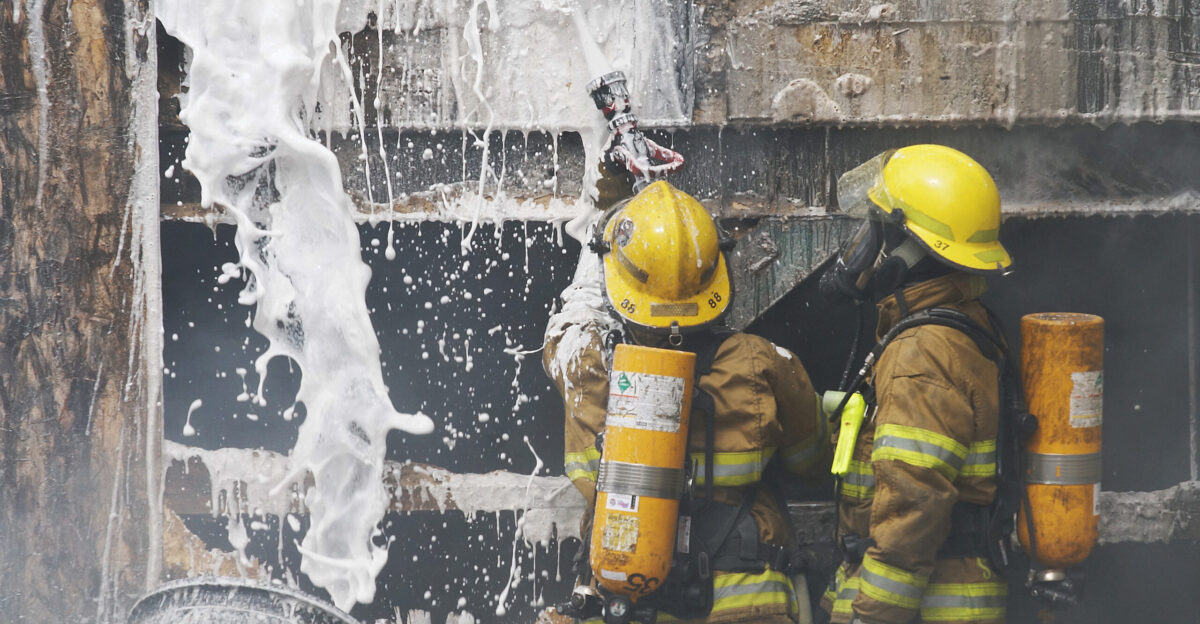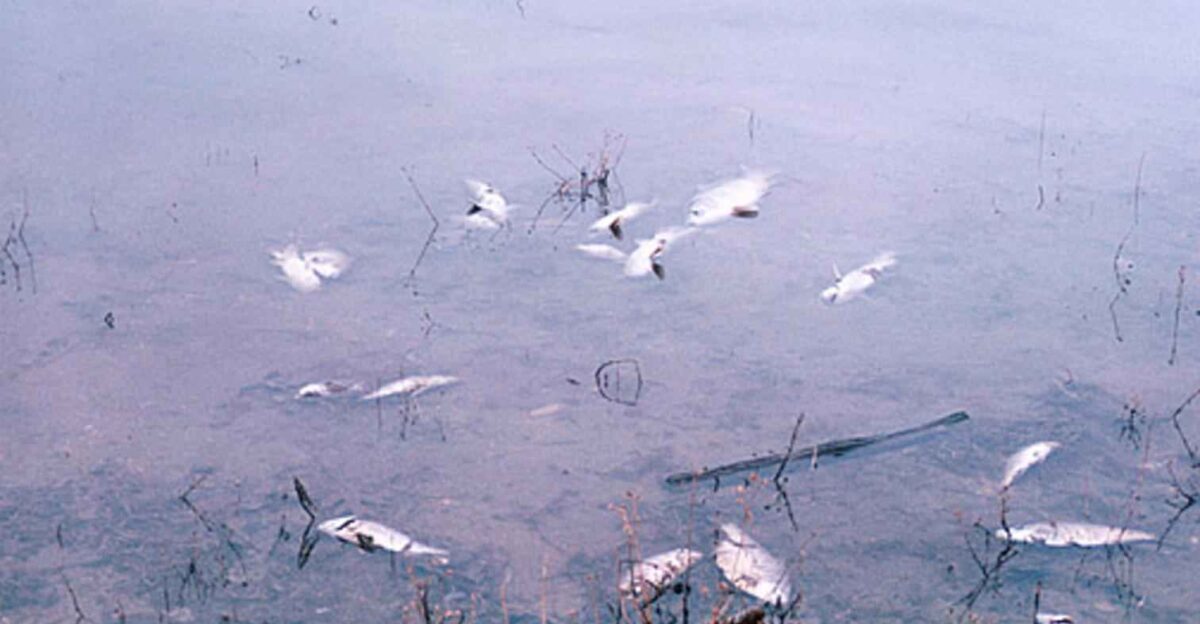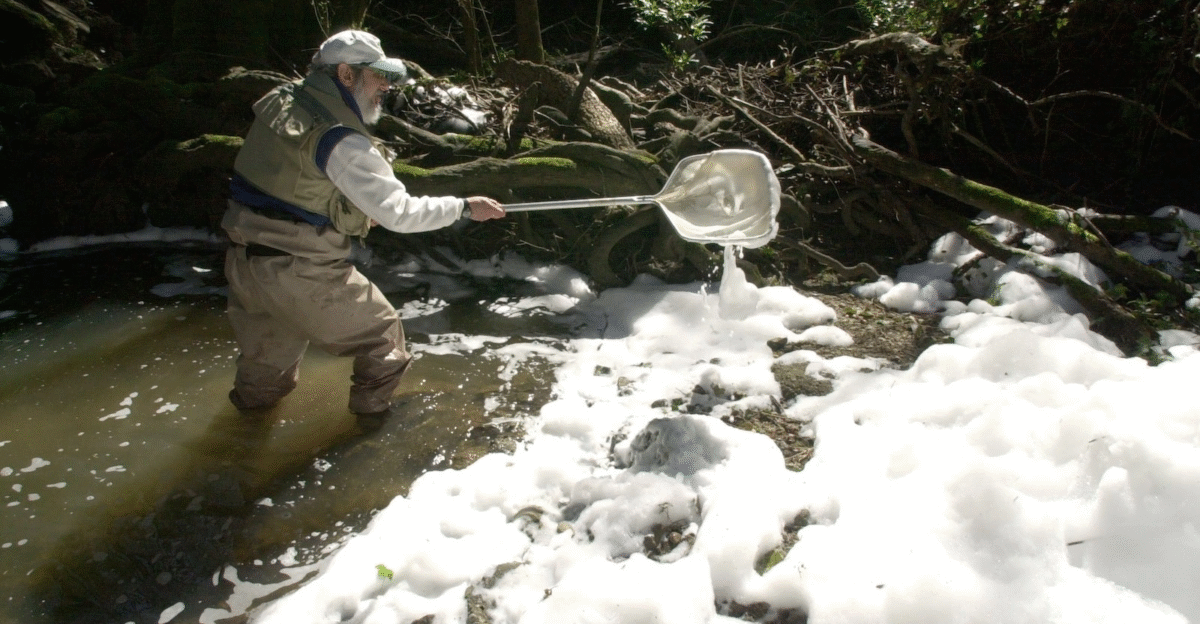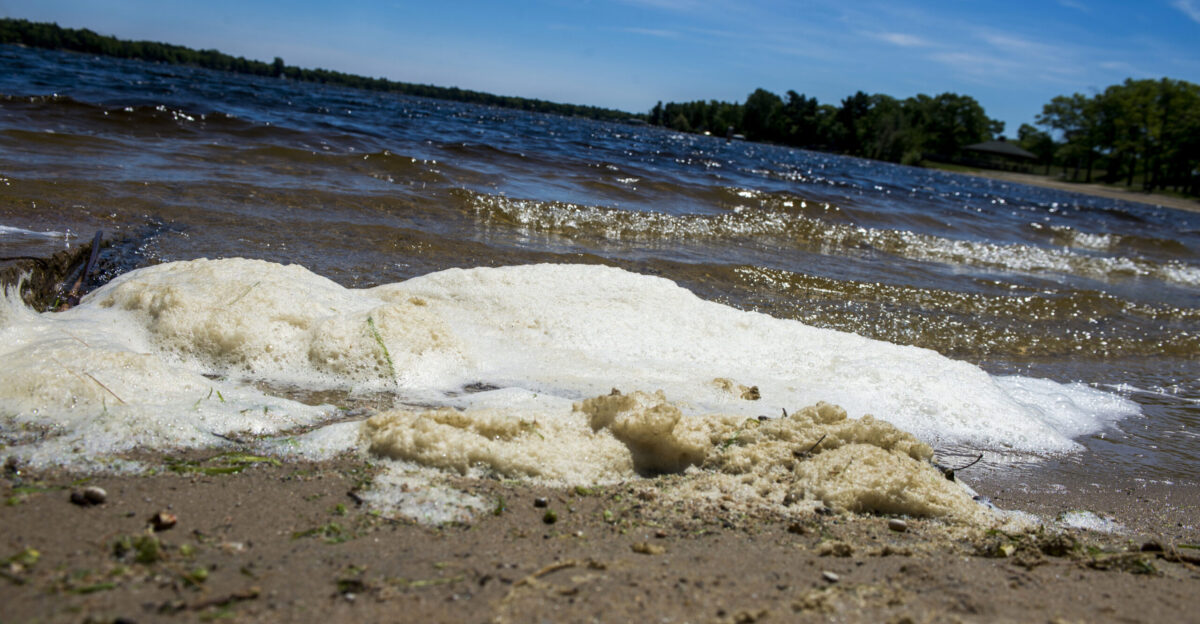
The state of New Mexico has filed a new lawsuit against the U.S. Air Force over decades of contamination from PFAS, or “forever chemicals,” stemming from Cannon Air Force Base near Clovis.
This lawsuit demands that the military comply with state orders to address a toxic four-mile chemical plume in the local aquifer that has severely impacted drinking water, agriculture, and public health.
This legal action follows years of resistance by the Air Force to remediate the pollution, despite acknowledging the source as PFAS-laden firefighting foam used at the base.
Background of the PFAS Contamination Crisis

PFAS (per- and poly-fluoroalkyl substances) are synthetic chemicals widely used for their water, stain, and grease-resistant properties. They are known as “forever chemicals” because they do not break down naturally in the environment and accumulate over time.
The military has used PFAS extensively in firefighting foams, including at Cannon Air Force Base. According to the New Mexico Environment Department, these chemicals have contaminated groundwater and drinking water supplies, posing very serious health risks such as cancer, birth defects, and kidney disease.
How Bad Is the Pollution at Cannon Air Force Base?

Investigations revealed a four-mile-long plume of PFAS contamination beneath Clovis, New Mexico, originating from Cannon Air Force Base. In 2018, PFAS levels in surface water were found to be about 27,000 times higher than EPA drinking water limits.
Over 100 private wells and one municipal well serving 40,000 residents have been affected. The contamination has also damaged thousands of acres of crops and led to the euthanization of about 3,500 dairy cows due to toxic milk.
Legal and Regulatory Conflict

Since 2019, New Mexico has classified PFAS-containing firefighting foam as hazardous waste under state law, requiring cleanup and remediation. However, the Air Force has disputed this classification and filed a federal lawsuit challenging the state’s authority.
In response, the state legislature passed House Bill 140, explicitly designating PFAS foam as hazardous waste, strengthening New Mexico’s legal position. The new state lawsuit demands that the Air Force provide water treatment systems, connect affected residents to municipal water, and implement pollution controls.
Impact on Local Communities and Agriculture

The PFAS contamination has had devastating impacts on local residents and farmers. Residents have had to rely on filtration systems, which the Air Force has sporadically delivered and not maintained.
Effects on agriculture include the poisoning of dairy cows and the contamination of crops irrigated with polluted groundwater. James Kenney, Secretary of the New Mexico Environment Department, said the Air Force’s failure to act has made the pollution “a ward of the state,” forcing taxpayers to foot the bill for cleanup.
Impact of PFAS on Wildlife and Ecosystems

Local wildlife and ecosystems have also been severely affected by PFAS contamination at Cannon Air Force Base. These “forever chemicals” accumulate in animals and have been linked to reproductive problems and health issues in birds, mammals, and aquatic life.
Polluted water and soil disrupt food chains, endangering the local ecology. James warns that PFAS contamination will be harmful and even deadly for wildlife and natural resources for generations, highlighting the urgent need for cleanup to protect the ecosystem’s health and balance.
The Air Force’s Response and Inaction

While the Air Force acknowledges the contamination source, it has largely resisted complying with state orders to remediate the pollution. In August 2024, about 7,000 gallons of PFAS-contaminated wastewater leaked from an Air Force retention pond, yet the military refused to pay a $70,000 state fine.
According to state officials, the Air Force has provided filtration systems for some homes but has not extended these protections to agriculture or maintained existing systems.
National Context and Broader Military PFAS Issues

Cannon Air Force Base is one of over 700 military sites nationwide where PFAS contamination has been documented. The military is in the process of phasing out PFAS-containing firefighting foam, but cleanup efforts have been slow.
Jared Hayes, a senior policy analyst with the Environmental Working Group, criticized the Air Force for “dragging its feet” on remediation, noting that communities in multiple states are still waiting for effective cleanup measures.
Federal Litigation and Potential National Impact

New Mexico’s case against the Air Force is advancing as a federal bellwether lawsuit under the Comprehensive Environmental Response, Compensation, and Liability Act (Superfund law).
A favorable ruling could establish liability for the federal government and require compensation for environmental restoration. This litigation runs parallel to the state lawsuit and could set a precedent for holding the military accountable for PFAS contamination nationwide.
State Demands and Legal Objectives

The current lawsuit seeks multiple remedies: ending non-emergency use of PFAS foam at Cannon, providing water treatment or municipal water connections to affected residents, installing stormwater controls to prevent further contamination, holding public meetings with the community, and compensating property owners for losses. These demands reflect the state’s commitment to protect public health and restore environmental safety.
Expert Perspectives on the Crisis

James Kenney, Secretary of the New Mexico Environment Department, stated: “If they contaminated people’s drinking and agricultural water … and they’re litigating instead of remediating, then we can’t sit back and say they’re doing the right thing.”
New Mexico Attorney General Raúl Torrez added, “New Mexicans deserve clean water, safe soil, and a future free from toxic exposure. We are committed to using every legal tool available to hold the federal government accountable”.
This lawsuit marks a critical escalation in the ongoing battle to address PFAS contamination from military sources, highlighting the urgent need for accountability and remediation to protect communities and the environment in New Mexico and beyond.







